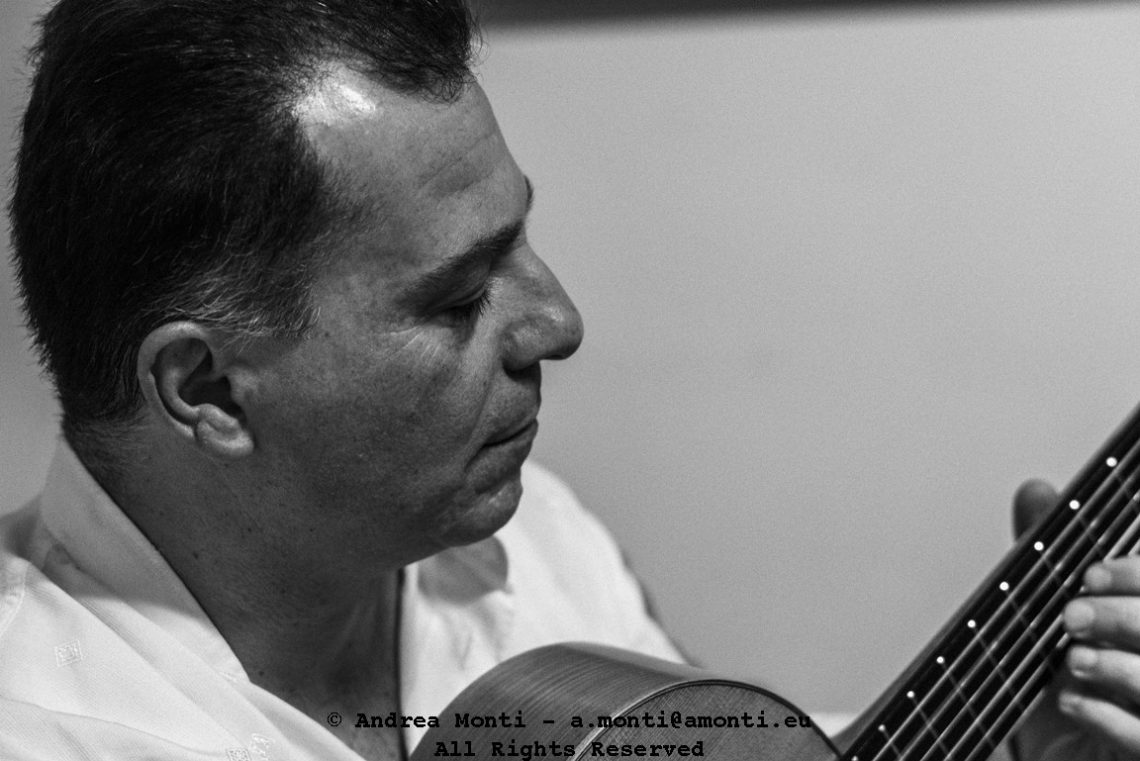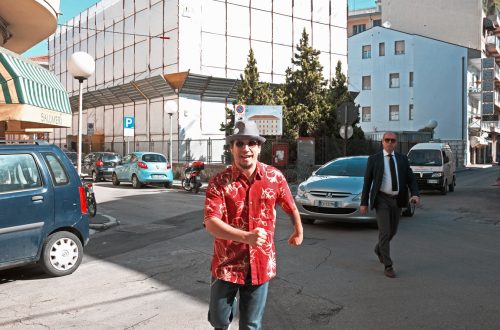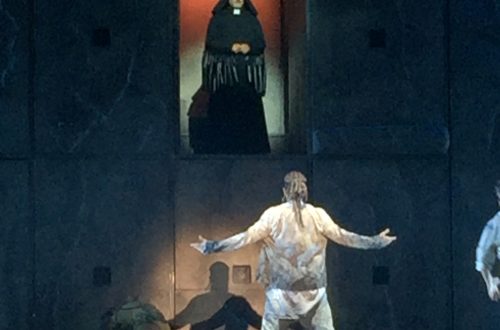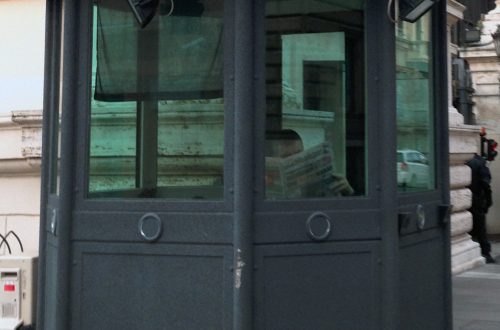
Portrait of aTocaor
There is no audience in the frame, no dancer to mark the beat, no palmas to answer the rhythm—just the tocaor, alone with his guitar. The photograph is intimate, stripped of spectacle, and in that simplicity lies its strength.
Shot in black and white, the image pares down the moment to texture and expression. The grain and contrast evoke the deep tradition of flamenco portraiture, where the absence of colour invites the viewer to listen with their eyes. The focus is on the face—eyes closed, lips resting in concentration—as the player leans toward the neck of the guitar. This is not a performance for the world but an inward conversation, a search for the precise weight of each note.
The hand on the fretboard is steady, the fingertips curved with the discipline of years. In flamenco, the left hand is not just about pressing strings; it is about sculpting the voice of the instrument, bending it into quejíos that mirror the human cry. Here, that control is evident—measured, deliberate, almost meditative.
The framing crops the guitar’s body, drawing attention instead to the physical relationship between musician and instrument. It is the face-to-face exchange of an old friendship, the quiet trust between wood, strings, and the hands that know them. The plain background isolates the figure, allowing the viewer to sense the weight of the silence around the sound.
In flamenco, the compás—the rhythmic cycle—is both freedom and restraint. This photograph captures a moment between beats, when the tocaor breathes before striking the next chord. It is a visual falseta, a short melodic phrase that speaks of memory, discipline, and the unbroken chain of tradition passed from one guitarist to another.
It is not the theatre of flamenco that we see here, but its workshop—the private place where music is shaped before it ever meets an audience.




